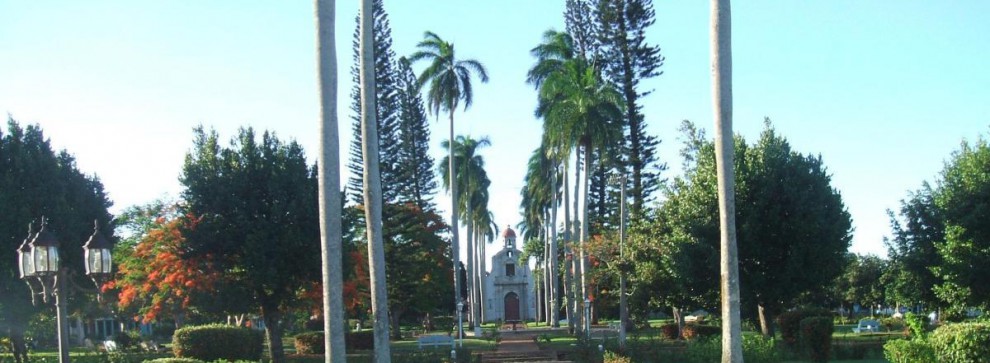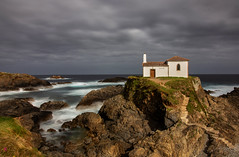Fidel Castro’s terrible legacy

IN CONTRAST to his long life of violence, both verbal and physical, Fidel Castro’s demise at 90 was, apparently, peaceful. Cuba’s communist dictator from 1959 until illness obliged him to hand control to his brother Raúl in 2006, Mr. Castro did not so much die as fade away. It was an unlikely conclusion to a turbulent career that Mr. Castro’s many enemies, including successive U.S. administrations, might gladly have ended more abruptly many years ago.
Mr. Castro’s legacy is a 57-year-old “revolution” that once punched above its weight in world affairs, especially in Latin America, but in more recent years became a decrepit museum piece of Soviet-style totalitarianism. Over Fidel’s objections, Raúl Castro has tried to adapt and preserve the regime, including through an opening to the United States. Too eagerly reciprocated by President Obama, that initiative has brought in more U.S. dollars and tourists but no relief from stifling and frequently violent repression of speech, assembly and other basic human rights.
Fidel’s Cuba boasted a previously unknown degree of sovereign separation from the United States. Under his rule, too, Cuban public health and literacy indicators were significantly better than those of many other Latin American states (though that was also true pre-revolution).
For those “achievements,” however, the Cuban people paid a terrible price — far higher than they could have expected when Mr. Castro roared into Havana, promising to restore political freedoms lost under the U.S.-backed dictatorship that he ousted. Though counterproductive to his ostensibly humane social policies, Mr. Castro’s political repression reached an extreme that would have made his predecessor, Fulgencio Batista, blush.
It began with mass summary executions of Batista officials and soon progressed to internment of thousands of gay men and lesbians; systematic, block-by-block surveillance of the entire citizenry; repeated purges, complete with show trials and executions, of the ruling party; and punishment for dissident artists, writers and journalists. Mr. Castro’s regime learned from the totalitarian patron he chose to offset the U.S. adversary — the Soviet Union, whose offensive nuclear missiles he welcomed, bringing the world to the brink of armageddon. Mr. Castro sponsored violent subversive movements in half a dozen Latin American countries and even in his dotage helped steer Venezuela to economic and political catastrophe through his patronage of Hugo Chávez.
Cuba’s pre-Castro economy was overly reliant on sugar exports and left many in poverty, and the post-1961 U.S. trade embargo did not help the revolution prosper. But Mr. Castro himself did by far the lion’s share of damage, impoverishing the island through a program of total state control, occasionally punctuated by his own grandiose schemes — from the ill-fated 10 million-ton sugar harvest in the 1960s to the brutally austere “Special Period” after Soviet subsidies ended in the 1990s.
Today, Cuba lives off Venezuelan oil and money sent home by the millions who fled Mr. Castro’s rule; it also depends on tourists, including an increasing number of Americans — many of whom, alas, are drawn by the officially tolerated sex trade. In that sense, the revolution has simply brought Cuba full circle to the Batista days. Fidel Castro’s passing is unlikely to change that much, thanks to Raúl Castro’s consolidation of the regime. But it provides added impetus for a new U.S. administration to rethink how best to promote freedom as well as more trade and better relations with the talented but devastated nation Mr. Castro leaves behind.
MGUATYMARRERO











Enviado desde mi Samsung Mobile de Telcel
Reblogueó esto en CJaronu´s Blog.